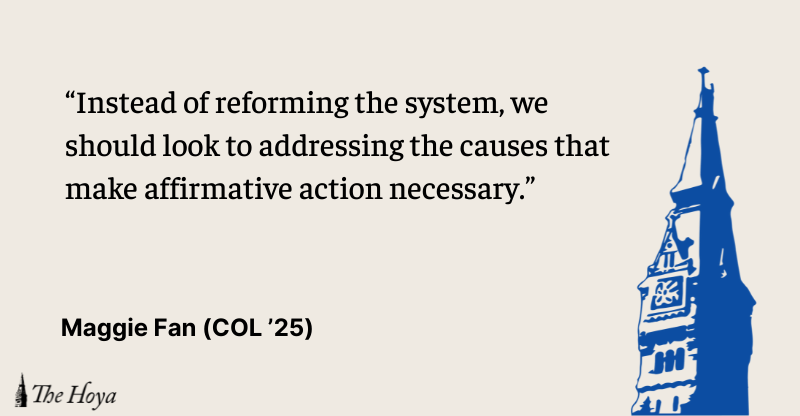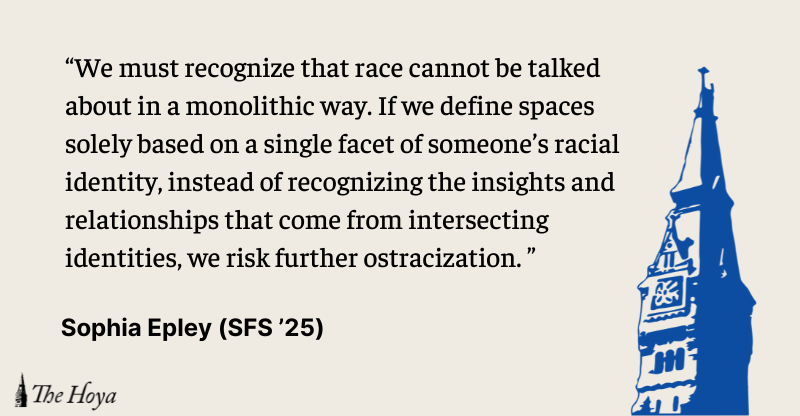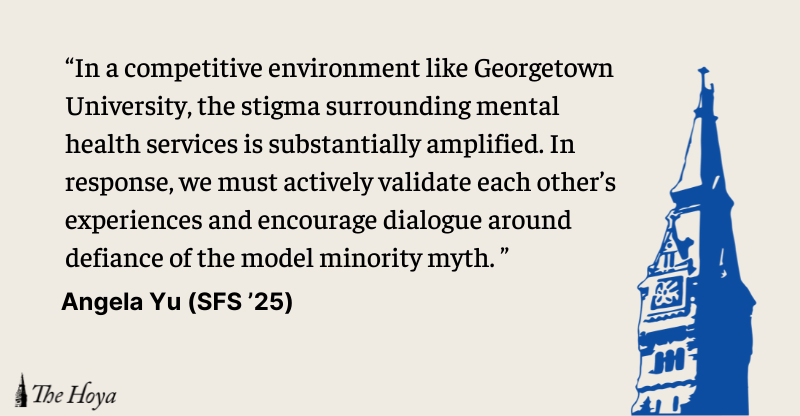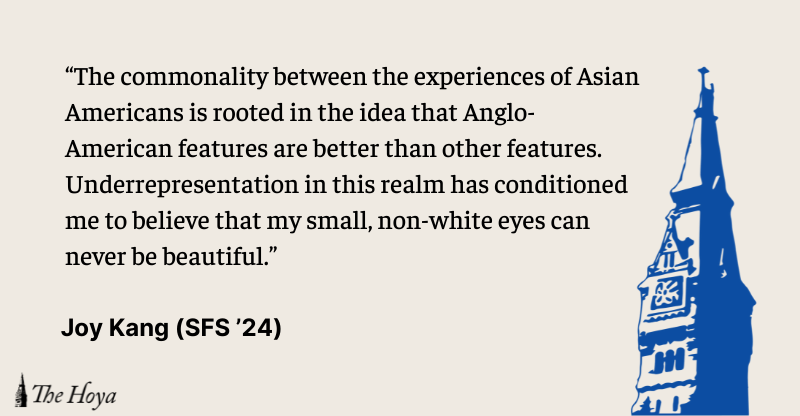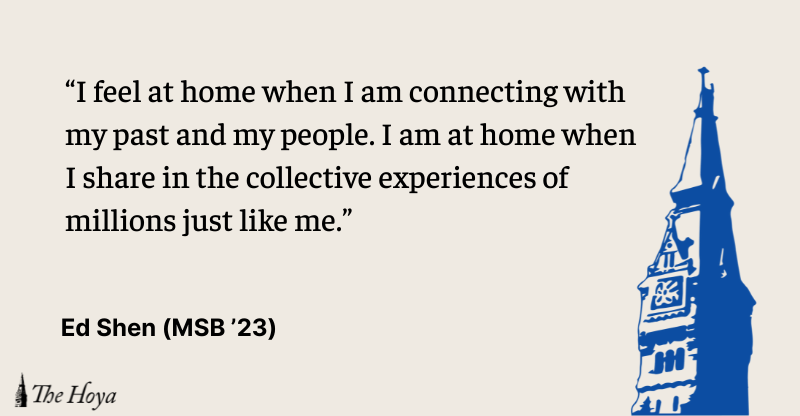Can a system built by oppressors really benefit the oppressed? Affirmative action is a set of policies within any organization that seeks to include underrepresented people and prevents discrimination against minority groups. Modern-day affirmative action policies, however, perpetuate a racial hierarchy that excludes the exact group of people the policies were designed to include.
How do we improve this system? Do we simply abolish affirmative action as a whole or do we look to reform? Addressing why affirmative action is needed in the first place is a good place to begin.
The phrase, affirmative action, was first explicitly used in 1961 in President John F. Kennedy’s Executive Order 10925. The order attempted to improve the hiring practices of government contractors, stating, “the contractor will take affirmative action to ensure that applicants are employed, and that employees are treated during employment, without regard to their race, creed, color, or national origin.” Today, these policies have transcended above the workplace sphere and into university educational policies. Many universities have adopted affirmative action policies to recruit students from marginalized backgrounds.
Several white students have challenged these policies. In 2016, a white woman named Abigail Fisher sued the University of Texas at Austin after admissions officers denied her application. Fisher claimed that applicants of color who were less qualified than she had stolen her spot. The court eventually ruled in UT Austin’s favor, stating that the university’s policies were constitutional. Lawsuits like these have become increasingly commonplace — unsurprisingly, most of them are filed by white women.
According to a 2014 Cooperative Congressional Election Study, 70% of young white women are somewhat or strongly opposed to affirmative action. While white women are the greatest opponents of affirmative action, they are statistically proven to be the group that has benefited the most from it. A 2006 survey of employers in four major cities found that firms with affirmative action policies in place were 15% more likely to hire white women even with other major factors controlled.
Among the disadvantaged people affirmative action policies are designed to recruit, white women often receive the best education, so employers are more likely to hire white women under affirmative action guidelines. Although many white women have legally challenged affirmative action by citing racial discrimination, they benefit more than any other demographic group. Their opposition to affirmative action not only harms racial and ethnic minorities, but also themselves.
I admit that affirmative action has its downfalls. Growing up with the model minority myth hovering over my head, I always knew that I was held to a higher standard than the average student. Stereotypes and societal pressures expected me to perform at a higher level solely because Asian people are unnecessarily grouped under a monolithic label.
However, statistics have shown that its policies have had a noticeable effect. Today, more than half the workforce consists of minorities, women and immigrants.
Though the system assuredly has its downfalls, affirmative action policies are still necessary. So, maybe abolition isn’t the right cause to head. Perhaps, all we need are some provisions. Provisions targeting inferior schooling and improving social and educational inequalities may provide marginalized communities with access to equal and effective schooling that not only ensures their attendance but will also improve performance in school.
In targeting these inequities, we must address the problems of redlining, aversion to diversity and unequal school funding. According to a U.S. Commission’s report on civil rights, schools with predominantly students of color receive on average $2,000 less per student in funding than schools with significantly fewer students of color. By eliminating local funding completely, state legislatures can deny white, wealthier communities the opportunity to disproportionately gain advantages in funding their public schools through local property taxes. Compared to schools with mostly white students, predominantly minority schools receive less funding, contributing significantly to the disparities in academic achievements and students’ merit when college admissions come into play.
As former Justice Sandra O’Connor stated in the Grutter v. Bollinger case, “Affirmative action should be a temporary bandage rather than a permanent cure.” Until there’s a better system in place, affirmative action is here to stay. Instead of reforming the system, we should look to addressing the causes that make affirmative action necessary. By eliminating local funding and providing equal funding to all schools regardless of student body makeup, we, as a country, will be one step closer in achieving academic equity and ultimately, one step closer to eliminating the need for affirmative action in the first place.
Maggie Fan is a first-year in the College.


